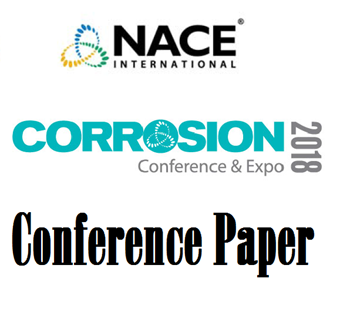Search
51314-3847-Chemical Inhibition of Preferential Weld Corrosion in Sea Water Pipelines
Also Purchased
05277 Preferential Weld Corrosion: Effects of Weldment Microstructure and Composition
Product Number:
51300-05277-SG
ISBN:
05277 2005 CP
$20.00
05276 Corrosion Loop Studies of Preferential Weld Corrosion and Its Inhibition in CO2 Environments
Product Number:
51300-05276-SG
ISBN:
05276 2005 CP
$20.00
51318-10965-Evaluation of Corrosion Inhibitor Functionality on the Mitigation of Preferential Weld Corrosion
Product Number:
51318-10965-SG
Publication Date:
2018
$20.00




